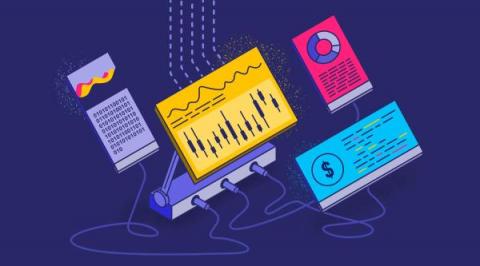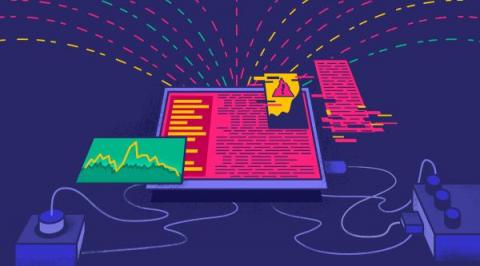The 2023 Observability Market Map - Key Trends, Players, and Directions
Cribl has a unique position right in the middle of the observability market, giving us a distinct view of all things security, APM, and log analysis. Observability as a concept has exploded into specialized areas over the past two years, and making sense of the players and market forces, particularly in a difficult macro environment, can be tricky. Let’s break it down.











